On January 7, George Gershwin began writing Rhapsody in Blue, a piece for two pianos. Ferde Grofé a composer, arranger and conductor, who wrote the score from the piano version, worked closely with George and even moved in with him during this time. The piece was completed on February 4, 1924 under the names of George Gershwin as composer and Ferde Grofé as instrumentalist. Rhapsody in Blue successfully combines jazz, blues and European art music.
On February 24, the best of the best and most influential people gathered at New York's Aeolian Hall to hear the piece performed by Paul Whitemans' orchestra. The concert became a historic event of extreme magnitude. It went down in history as the "Birth of Rhapsody in Blue." Among the guests of honor at the premiere was Walter Damrosch, who shortly thereafter commissioned George to write an orchestral work for the New York Symphony Society. The performance of this work, Concerto in F, took place at Carnegie Hall on December 3, 1925. George Gershwin sat at the piano for this premiere, as well as six other concerts in New York, Philadelphia, Washington and Baltimore, and this time orchestrated the piece himself.
Also in 1924 George achieved his first great Broadway success with the musical Lady, Be Good! which he wrote together with his brother Ira. Included in this musical are the songs Oh, Lady, Be Good! and Fascinating Rhythm. This was the start of a close collaboration with his brother Ira as lyricist.

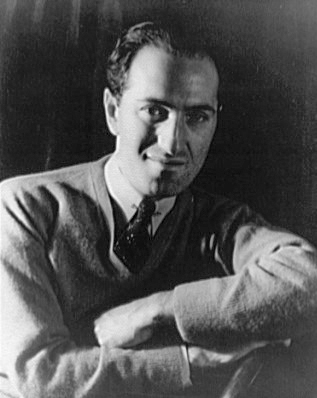


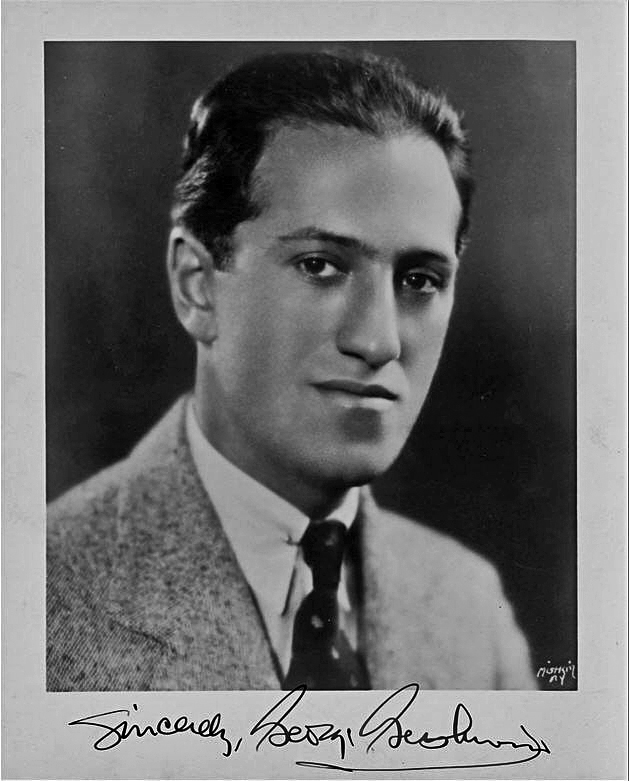
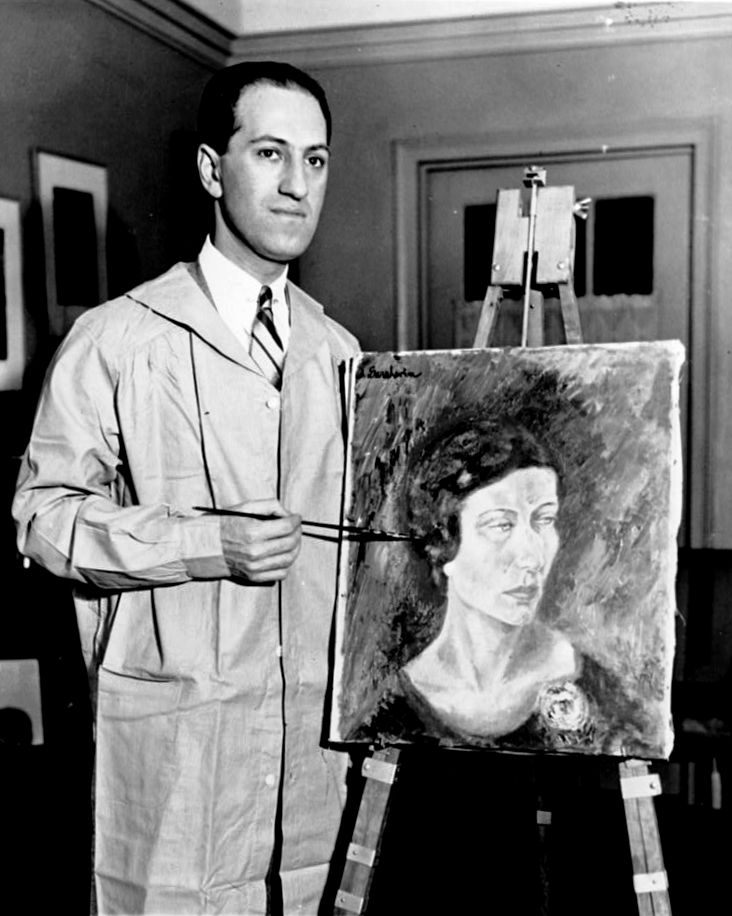
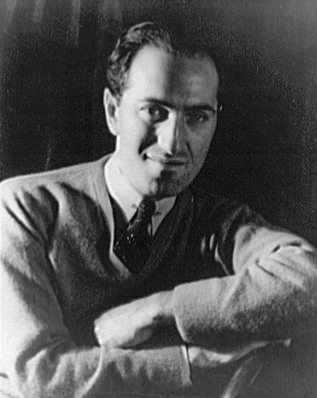
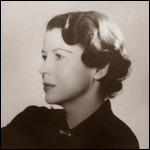
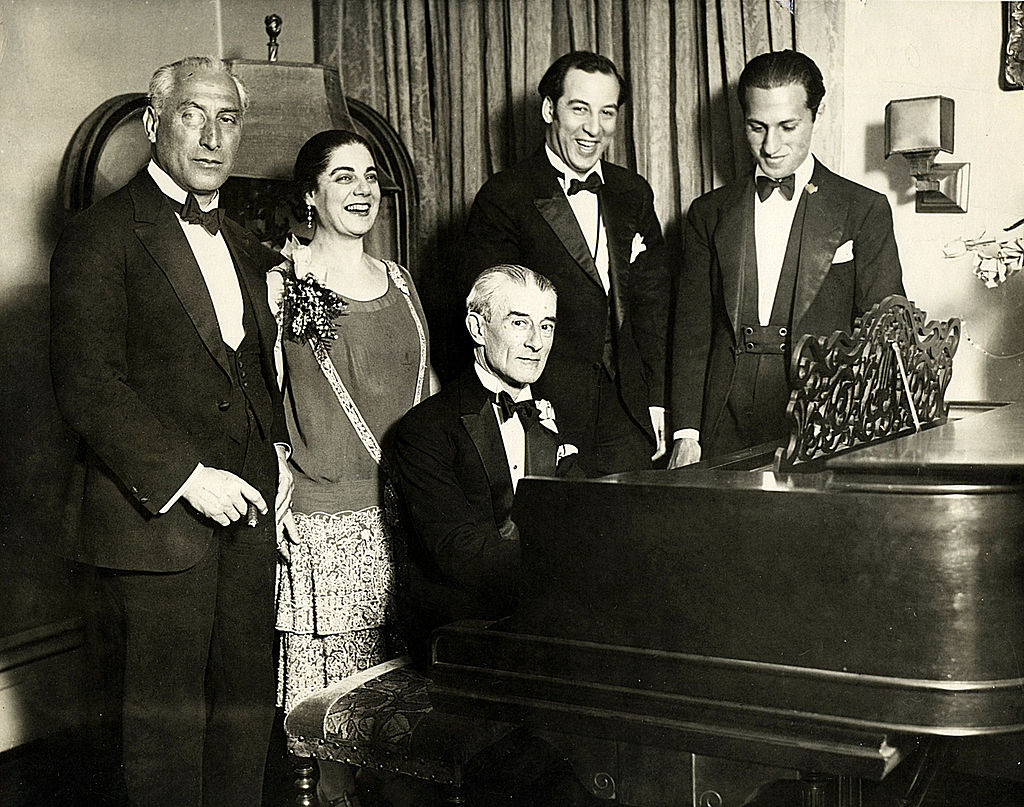
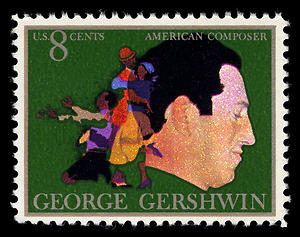
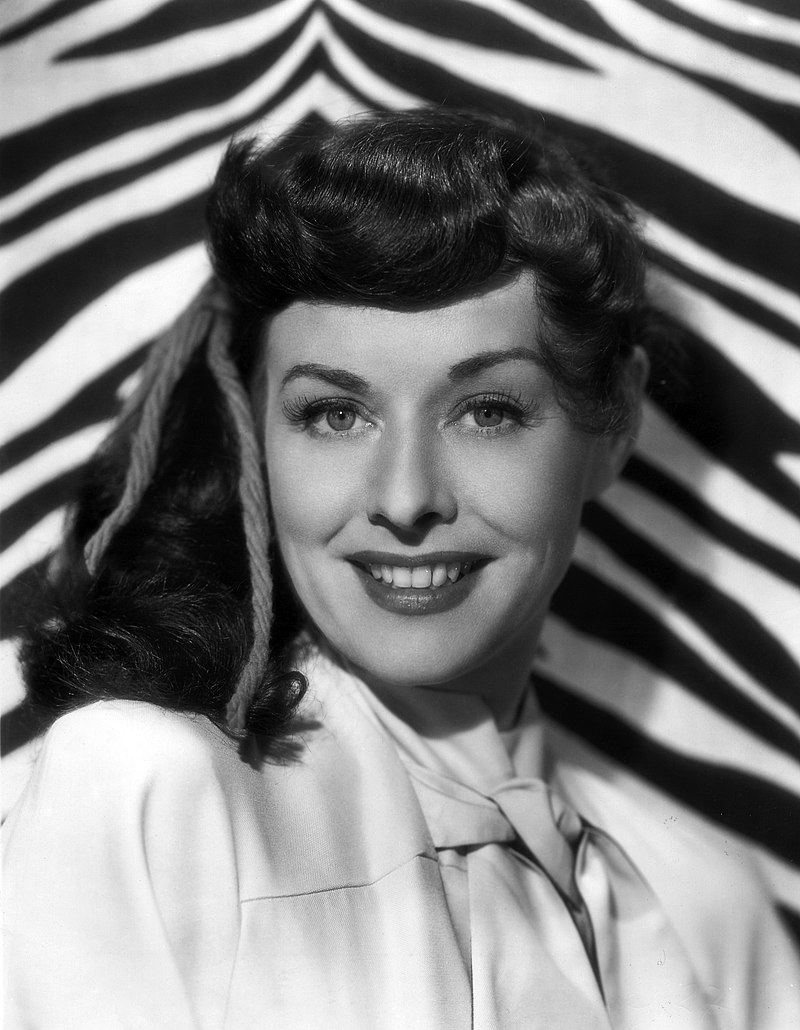

Comments
Links